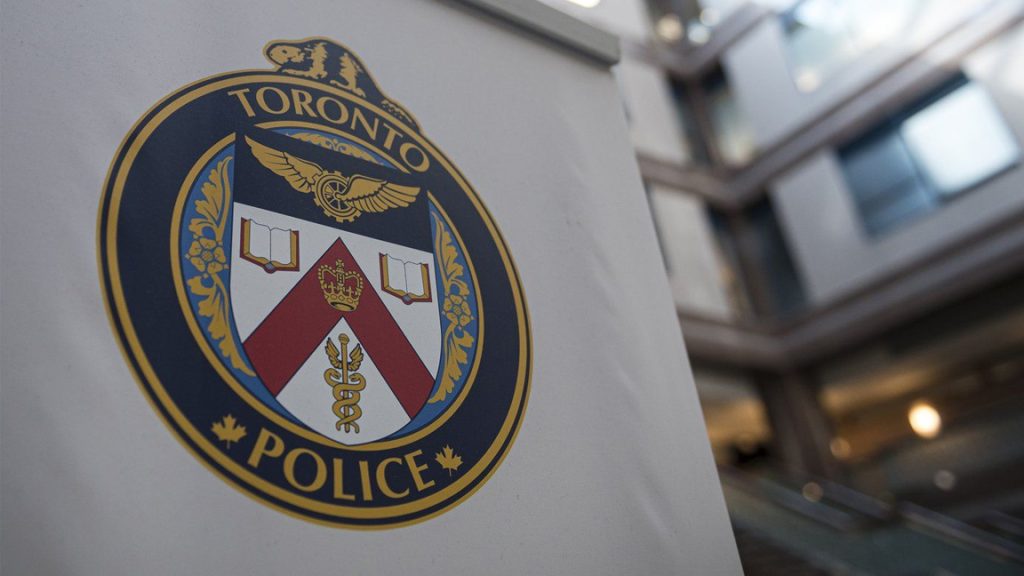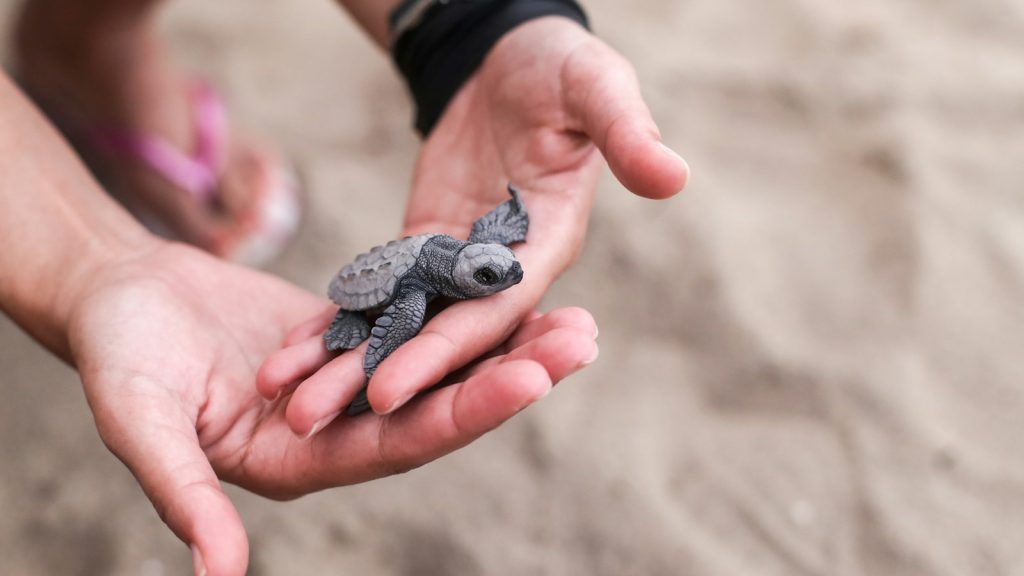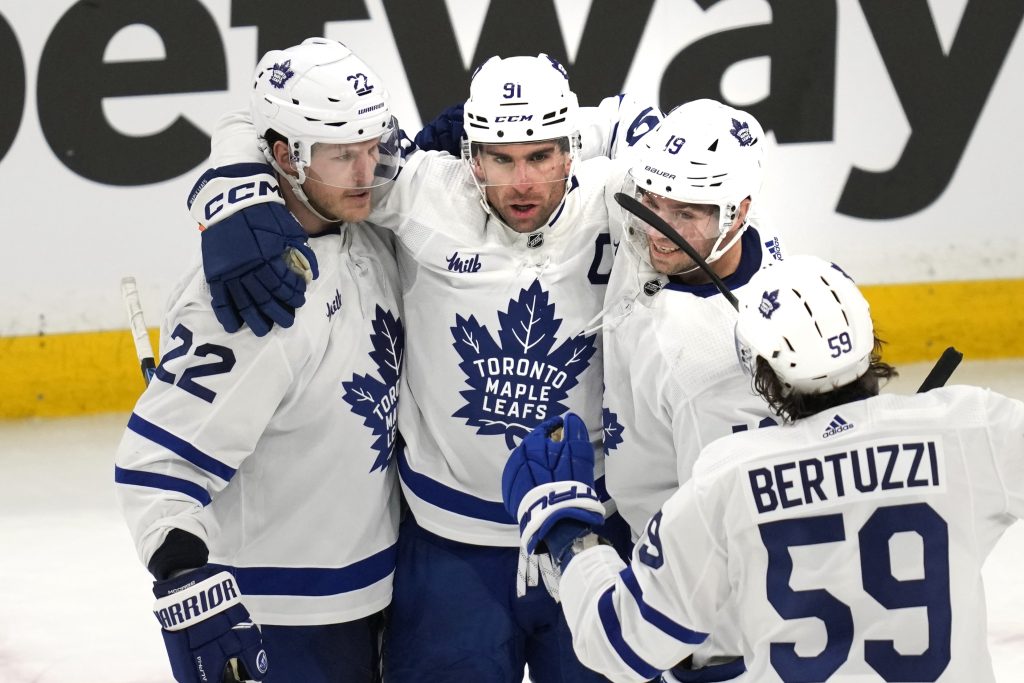Ottawa honours Canada’s war dead
Posted November 11, 2011 11:43 am.
This article is more than 5 years old.
As the Peace Tower bell mournfully tolled at 11 a.m., thousands stood in silence around the National War Memorial to remember the country’s 114,000 war dead.
The hush began and ended with the crack of an artillery piece on Parliament Hill.
With Gov. Gen. David Johnston, Prime Minister Stephen Harper and other dignitaries looking on, a bugler sounded the doleful notes of the Last Post and a piper skirled a lament.
A pair of CF-18 jets growled overhead, followed by seven Griffin helicopters. One of the choppers pulled up and out of the formation in what is known as the Missing Man manoeuvre.
The Governor General and Harper placed wreaths at the foot of the towering memorial on behalf of the country.
Patricia Braun of Raymore, Sask., laid a wreath as the Silver Cross Mother, representing grieving parents. Her son, Cpl. David Braun, was killed by a suicide bomber in Afghanistan in 2006.
They were followed by other dignitaries, members of the diplomatic corps, service organizations and ordinary Canadians. The green and red wreaths lapped up the granite sides of the memorial as a party of gunners on Parliament Hill fired a slow, 21-gun salute.
When the ceremony ended, Johnston strolled through the ranks of the watching veterans shaking hands and chatting. As commander in chief of the Forces, he wore a military uniform with gold braid and his formal insignia on the shoulder straps.
Thousands of people watched from the surrounding sidewalks under clear skies in temperatures that hovered around the freezing point. As the veterans marched past to the sound of military bands, waves of applause rolled through the crowd.
There were servicemen and women in uniform with their Afghanistan medals gleaming on their jackets. There were grizzled veterans wearing the medals of wars long past. There were families with children in strollers, blue-rinsed matrons and young people of all kinds.
The national ceremony of remembrance was mirrored at hundreds of other local cenotaphs across the country and at ceremonies around the world.
Defence Minister Peter MacKay took part in a final Remembrance Day commemoration at Kandahar, Afghanistan, the airfield from which 158 dead Canadians began their final journey home over the last decade.
As he recited the names, soldiers placed poppies on the black marble plaques which commemorate them.
MacKay said it was an emotional moment.
“It is obviously very poignant, it’s a very solemn feeling knowing that with each name, it’s piercing the heart of a family to have lost a loved one here,” he said. “But there’s also an enormous sense of pride that those sacrifices are not in vain.”
Johnston issued a Remembrance Day statement that paid tribute to veterans.
“The terrible price that they paid during the conflicts that shaped our era reflects the sad reality of times of war, but it also speaks to the tremendous courage and unwavering determination needed to successfully complete their missions,” he said. “We will never forget the men and women who, in spite of the danger and perils, gave their all to protect the ideals of justice and freedom. They deserve our gratitude and utmost respect.”
In his formal statement, Harper praised the spirit and devotion of the military.
“There are no words to express our profound gratitude to our servicemen and women who — together with their families and friends — put the interests and security of our country ahead of their own.”
In addition to ceremonies at cenotaphs, legion halls and elsewhere, the Canadian War Museum commemorated that day by hanging a giant oil painting called Portraits of Honour.
The 12-metre-long mural features portraits of 157 Canadians killed in Afghanistan. The mural was completed before the 158th Canadian military casualty — Edmonton-based Master Cpl. Byron Greff — died in an Oct. 29 suicide bombing in Kabul.










